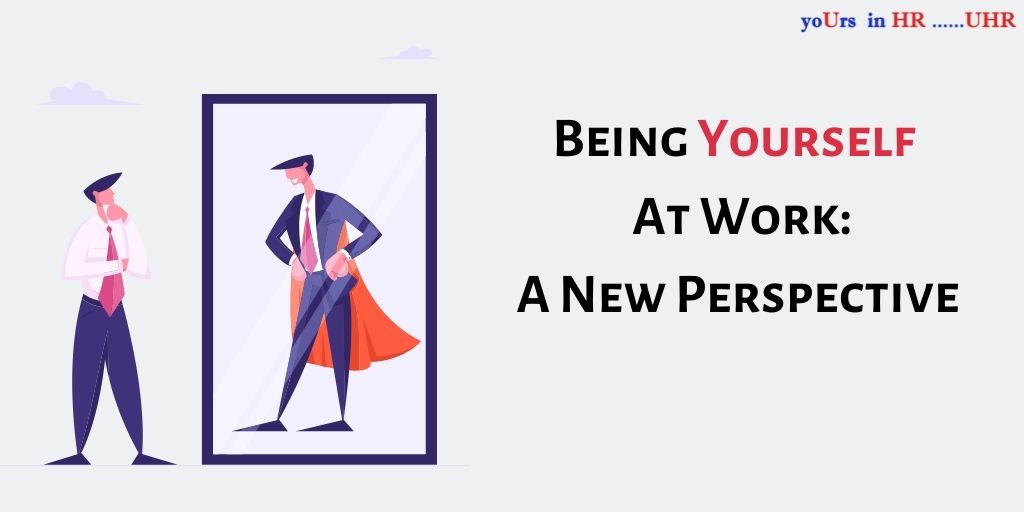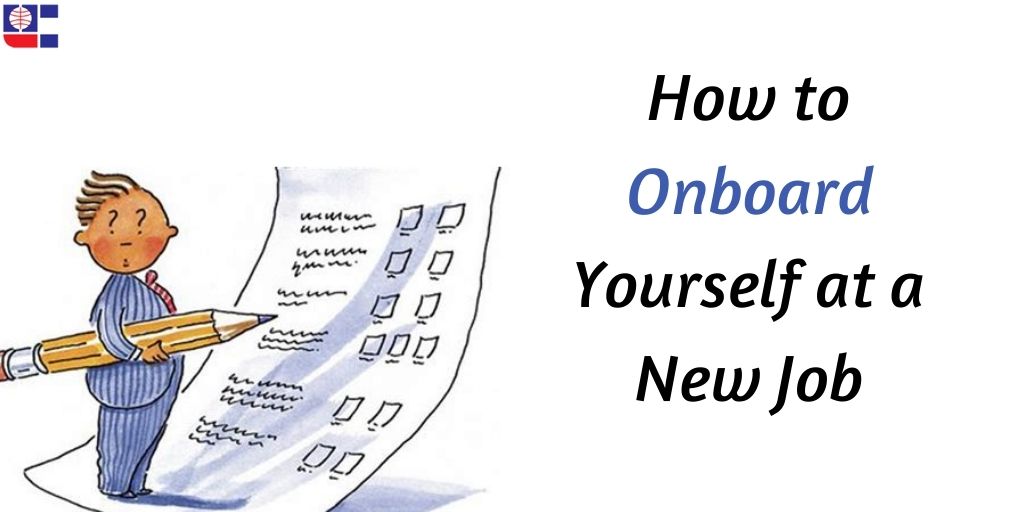
There are codes of conduct and decorum around a workplace and the space for authenticity, to ‘be yourself’ in it is interesting. We have written about the need to cultivate a culture where one feels safe to voice feedback, ideas and emotions that might be leaning on the negative side. We have also written about the role of humour and laughter in the workplace, and how one might utilise those elements to lighten the atmosphere, loosen the tension and be our authentic selves at work. In other words, being more of ‘yourself’ at work.
Themes like these bring us to a question: what are the limitations to being yourself at work amidst the decorum?
There are countless advice pieces which suggest one to ‘be yourself’, whether we are talking about interviews, management or day to day workings. But what does it mean to ‘be yourself’? Is it just about showing our full range of emotions? Is it about being honest all the time? Is it about following a certain set of principles no matter what?
Let us delve a bit deeper into what being this could imply, and if there is an appropriate way of being yourself at work.
Cases of Different Selves:
An article about authenticity by Mindtools gives us examples of two individuals, and how they have their own way of functioning. They tell us about Eva and Joe. Eva is confident and talkative. She is someone who doesn’t hesitate to voice her opinions, even the negative ones. She can be honest to the point of being blunt. She talks about her personal life openly and would also not hesitate to express positivity in the form of openly expressing her gratitude, happiness and respect for people around her.
And then we have Joe. He is someone who is generally quiet. He comes to work, sits in the meetings, does his work and leaves. It is not that he is cold or rude- when talked to, he is pleasant and warm. He is calm, confident and has great ideas to offer if asked.
Both are being themselves in their own ways by being true to their personalities, adding much needed honesty in the workplace. Eva is honest about her extraversion; Joe is honest about his introversion. Being authentic differs for each individual. Any workplace needs a diversity of voices, all authentic in their own ways, a multiple kind of personalities, of selves to keep it thriving. A song needs multiple notes, harmonies and melodies to sound good.
Each individual has a way of being themselves, it is a matter of how well you can contribute with your unique brand of self.
Contributing By Being Yourself:
The article by Mindtools goes on to point out how the authenticity of Eva, that is, her way of being herself might make some people be on an edge about her reactions: what if she says something too blunt? Her reactions might often leave little space for others to open up. On the other hand, Joe’s way of being himself might make people hesitant to approach him: what does he really think about xyz issue? What if he gets annoyed if his work gets interrupted? He might often struggle to engage with people.
The article goes on to provide a way to go about it too. People like Eva can “trim their authenticity” for example, while dealing with sensitive situations, and people like Joe can be a little less “self-possessed”, and try to find more “similarities and connections with others” to express that he can relate to people. It is not simply about being yourself, it is about being yourself skillfully.
In other words, there are parts of being yourself which sometimes work well, and sometimes are best left outside of work. After all, most of us do have a work-persona and an outside-of-work -persona, and it is all about navigating that complexity.
So, how does one navigate the question of being yourself at work? Is there a right time to be yourself at work, a right extent? An article by Forbes gives us a few things to keep in mind. One major question we can ask ourselves and by which we can contribute by being ourselves at work is:
- Does being yourself serve you and others?
If the answer is yes, it might be a good idea. Does that meeting need a joke to lighten the tension- go ahead and say it. Does a situation need you to call a spade a spade to arrive at a solution? Go ahead and be honest; someone like Eva would do well here. Does a colleague dealing with some personal issue need you to respect their privacy? Then someone like Joe is needed here.
We need to think what could be the impact of ‘being yourself’. We need to look at the context and assess how well we are likely to contribute to the situation.
We all have our unique ways of being, looking and operating within the world. Being yourself with some decorum and awareness of context and situation, is key to bringing in new perspectives, a diversity of thought and have a positive impact at the workplace.





